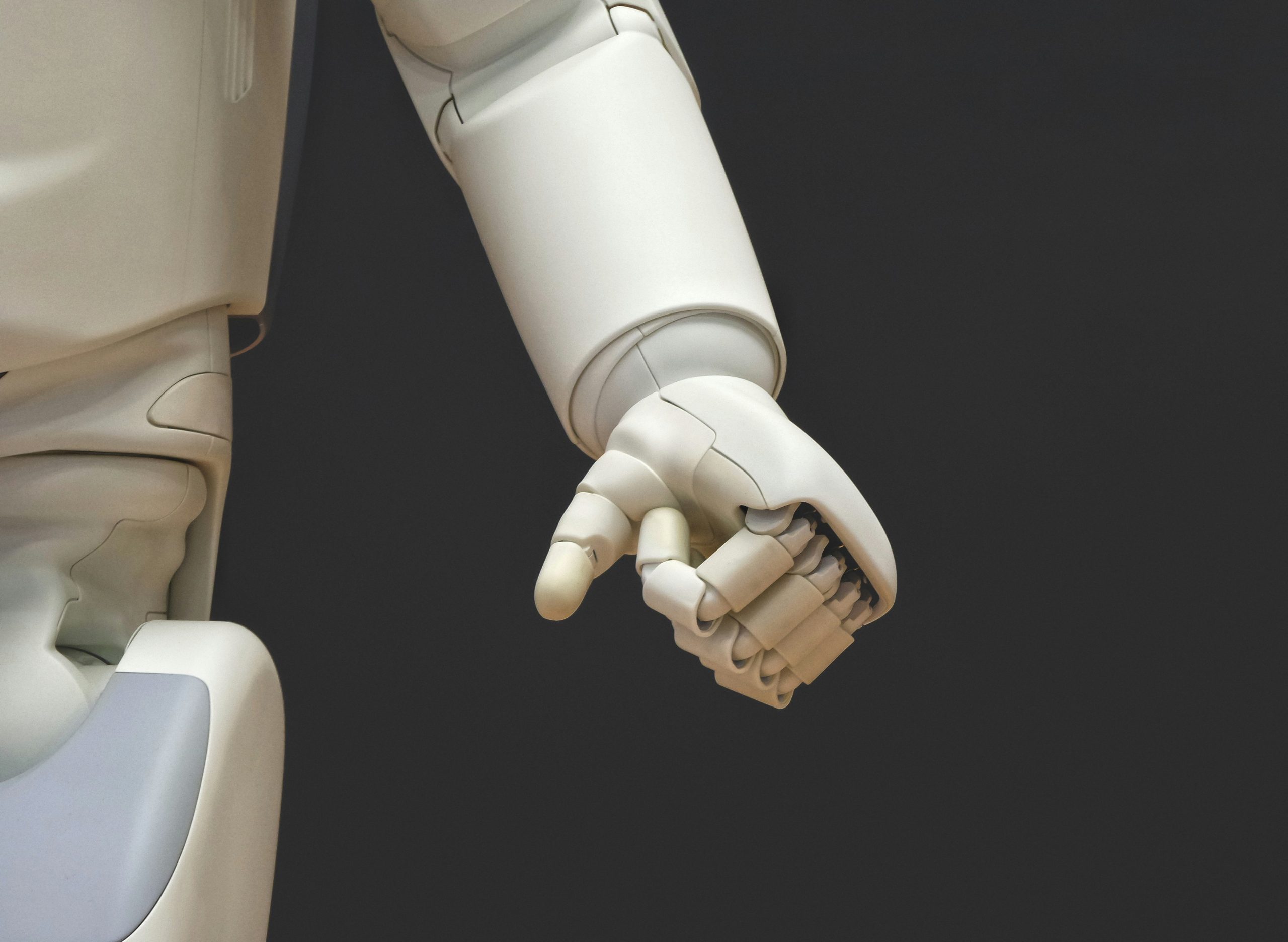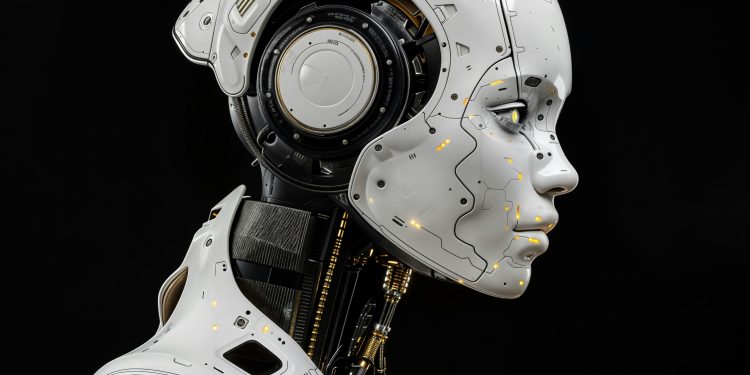On Friday, China inaugurated the World Humanoid Robot Games in Beijing. This three-day event is a grand festival aimed at showcasing the country’s progress in artificial intelligence and robotics. The event was held in 16 countries and had 280 teams, including researchers, enterprises, and robots leaders, universities.
Besides the standard sports events of track and field, football, and table tennis, the robots also faced the particular demands of the competition such as sorting medicines, material handling, and cleaning services.
In the competition, HTWK Robots, a football team from Germany, represented Leipzig University of Applied Sciences.

“We come here to compete and win, but also to test new research approaches,” said Max Polter, a member of the team. “It’s better if research fails here rather than in a costly real-world application.”
The competitions were not only full of drama but also of humor. During football matches, the robots were frequently toppling or colliding, and in one game, four machines crashed into a heap. In the 1500-meter race, one of the robots fell halfway making the audience gasp and cheer. Several humanoids though they fell managed to get back on their feet by themselves and so got claps for the fight.
The organizers presented the affair as the dual role of an amusement and a scientific work. For instance, football helps to develop abilities necessary for the quality of industrial assembly lines. The event, which was ticketed from 128 to 580 yuan ($18–$81), also attracted a large number of visitors, which can be interpreted as a sign of the growing public interest in “embodied intelligence.”
China is pouring a lot of money into the robotics field as it looks for ways to cope with its ageing population and maintain its technological leadership with the U.S.
















